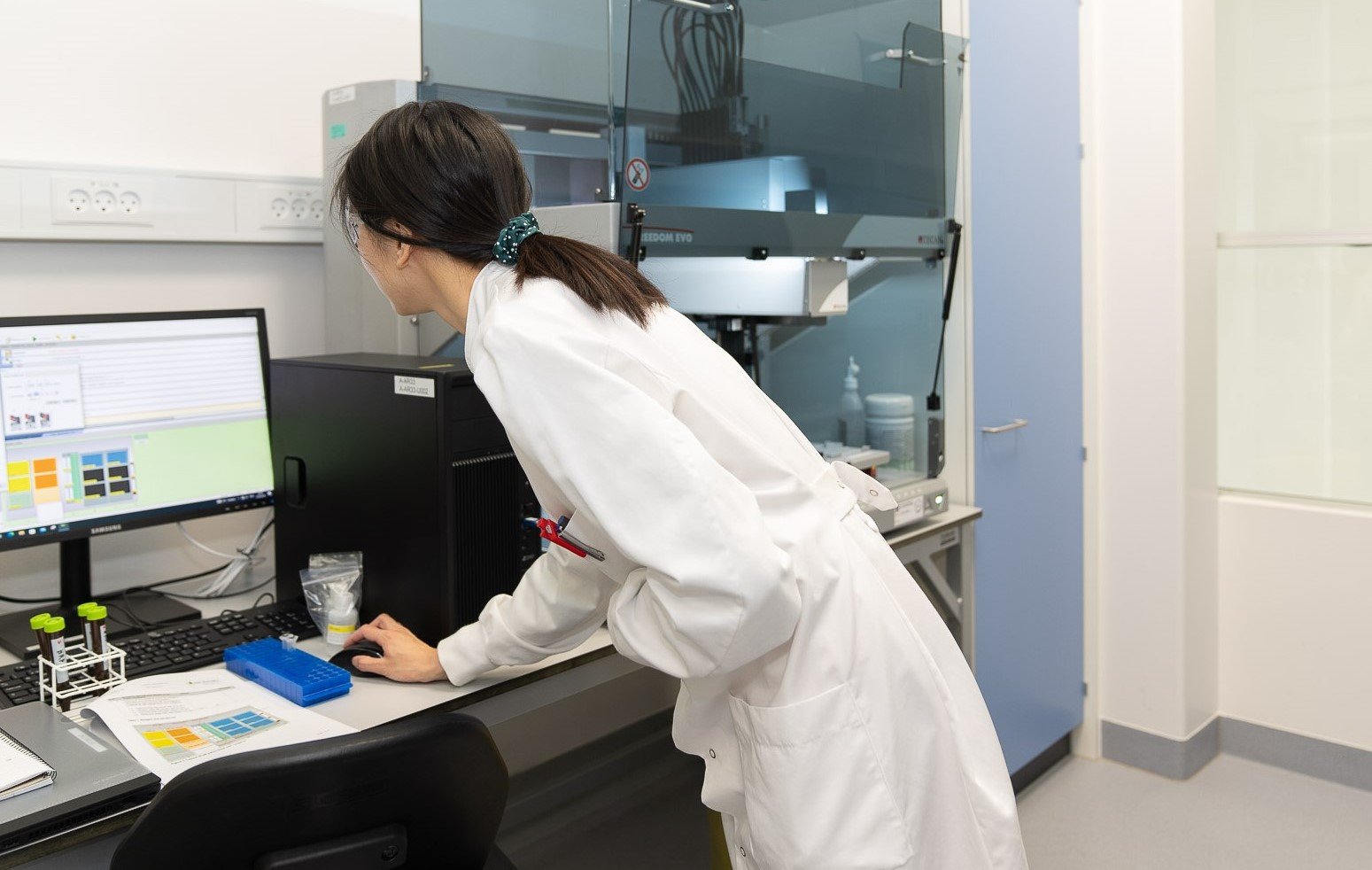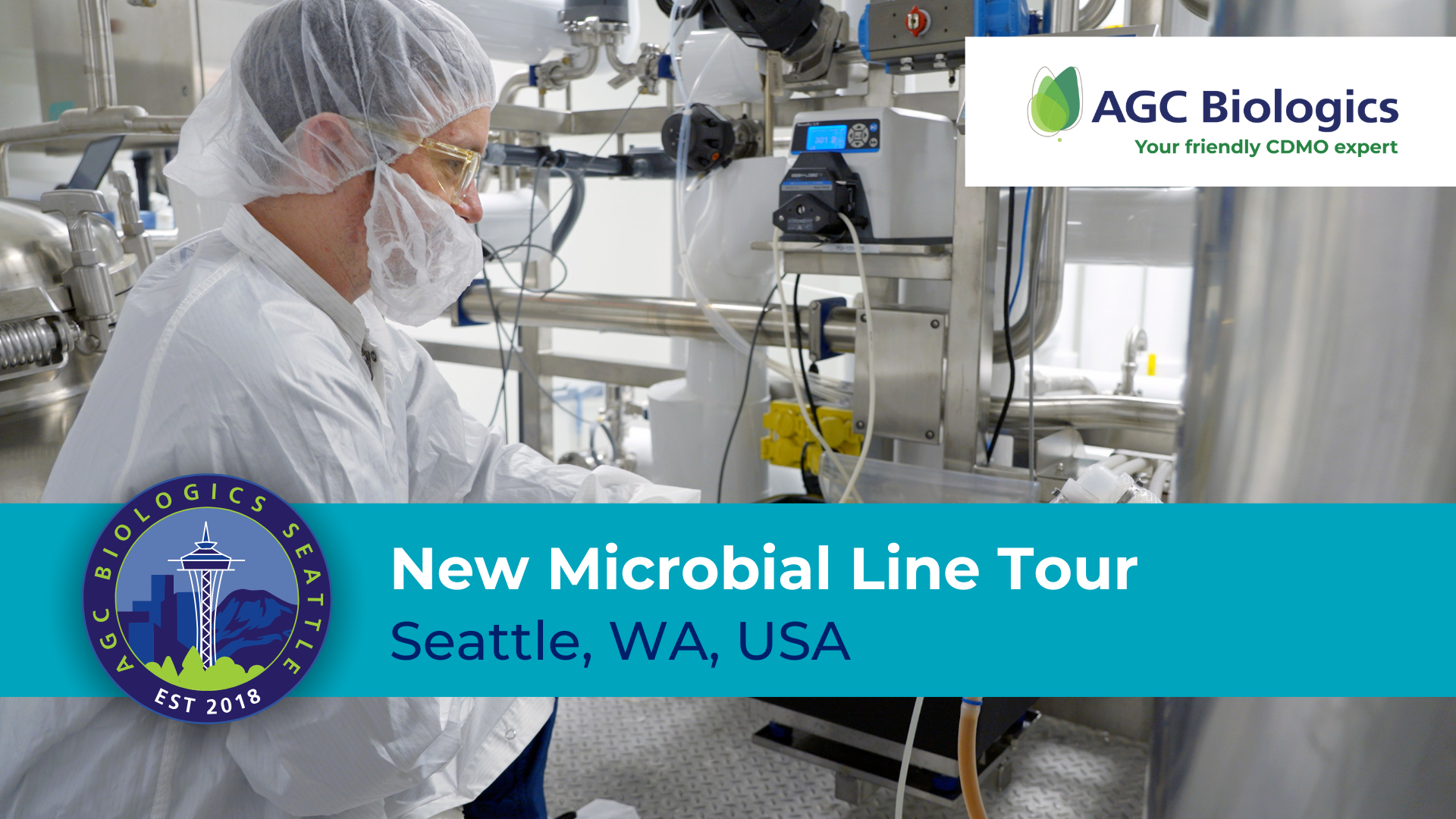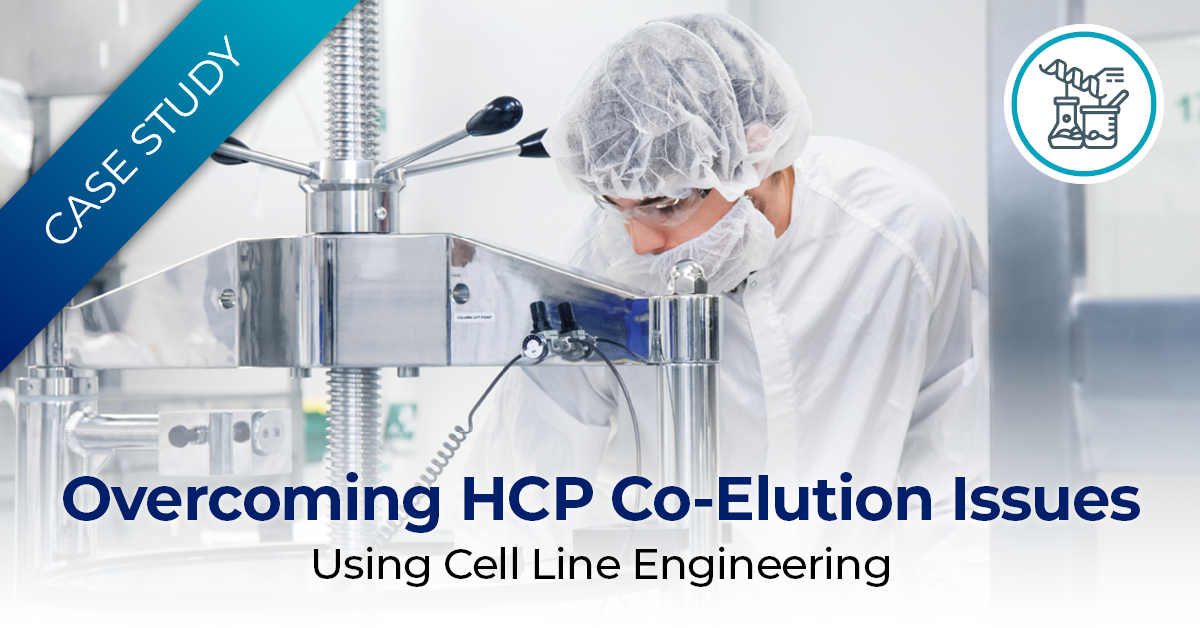2 min read
Dynamic binding capacity: Benefits & strategies of using it to create a more effective downstream process
Nick McDonald April 6, 2023 at 8:29 AM

When looking at downstream purification needs for your next project, there is a key decision to make: using dynamic or static binding?
While both offer individual benefits, dynamic binding capacity (DBC) is a preference for our development scientists as it is a more relevant measure of the performance of chromatographic purification steps in biopharmaceutical manufacturing. Why is it more relevant? It reflects the actual binding capacity of the column under dynamic conditions, such as flow rate, column packing, and column volume.
In contrast, static binding capacity is determined by measuring the amount of protein that can be bound to a column in the absence of flow. This measurement does not take into account the effects of flow, which can have a significant impact on the binding capacity of a column. This is important to note because DBC provides a more realistic measure of a column's performance in a real-world purification process. Information like this is critical for optimizing column performance and ensuring that the desired level of protein purity is achieved.
Strategies for optimizing DBC
As you identify parameters that affect dynamic binding capacity, you can better optimize the process. These parameters vary from different process types (resin vs membrane, affinity vs ion exchange, etc.), and typically include load buffer composition (pH, salt, etc.), load concentration, flow rate, and residence time. Below are several strategies for optimizing dynamic binding capacity (DBC) in chromatographic purification steps, including:
Column packing optimization: The column packing and the particle size of the resin used in the column can have a significant impact on the DBC. By optimizing the column packing and particle size, the DBC can be increased.
Flow rate optimization: The flow rate can also impact the DBC. By optimizing the flow rate, the DBC can be increased, while maintaining the desired level of protein purity.
Column conditioning: The use of appropriate column conditioning steps, such as equilibration, can help to increase the DBC by preparing the column for optimal binding conditions.
Column scaling: By scaling the column to the appropriate size, the DBC can be increased, while maintaining the desired level of protein purity.
These strategies are applicable across different media, purification steps, and drug substance types, although the optimal approach may vary depending on the specific needs of each purification process.
AGC Biologics scientists apply decades of expertise to ensure the most effective processes for manufacturing your product at pilot, clinical or commercial scales. Our broad knowledge of cGMP manufacturing enables us to successfully transfer existing processes into our facility or develop a new, innovative process when needed, to meet your program objectives. We have established downstream platforms that allow us to move quickly into a product’s manufacturing phase. With 25+ years of experience at each AGC Biologics’ site, we have the expertise to develop a customized approach specific to your product or process, so we can meet your exact specifications.
To learn more about AGC Biologics Downstream Process Development services, visit our Process Development page.
Need a partner for your next outsourcing project?



